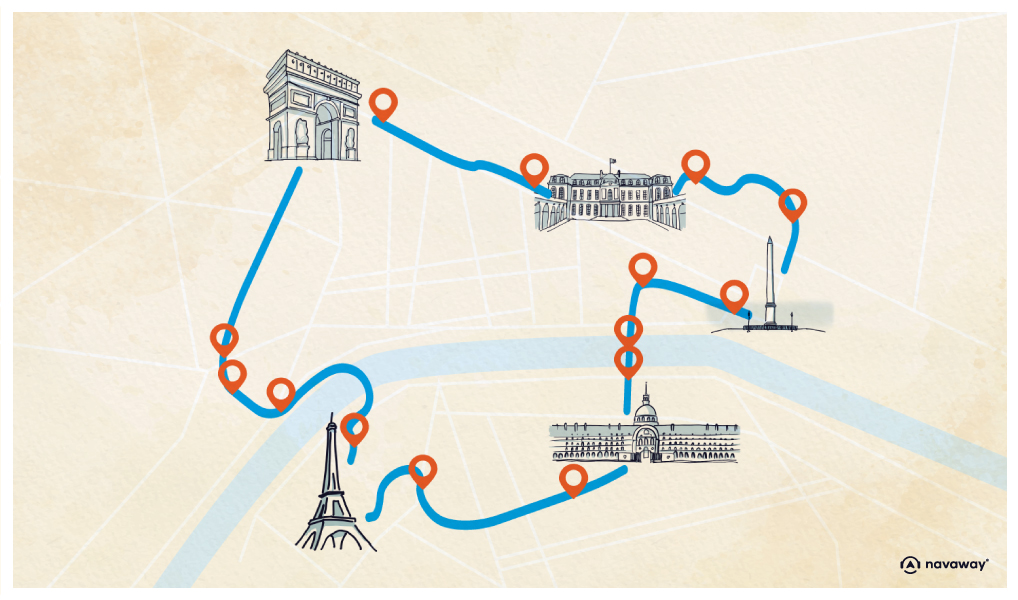
Arc de Triomphe
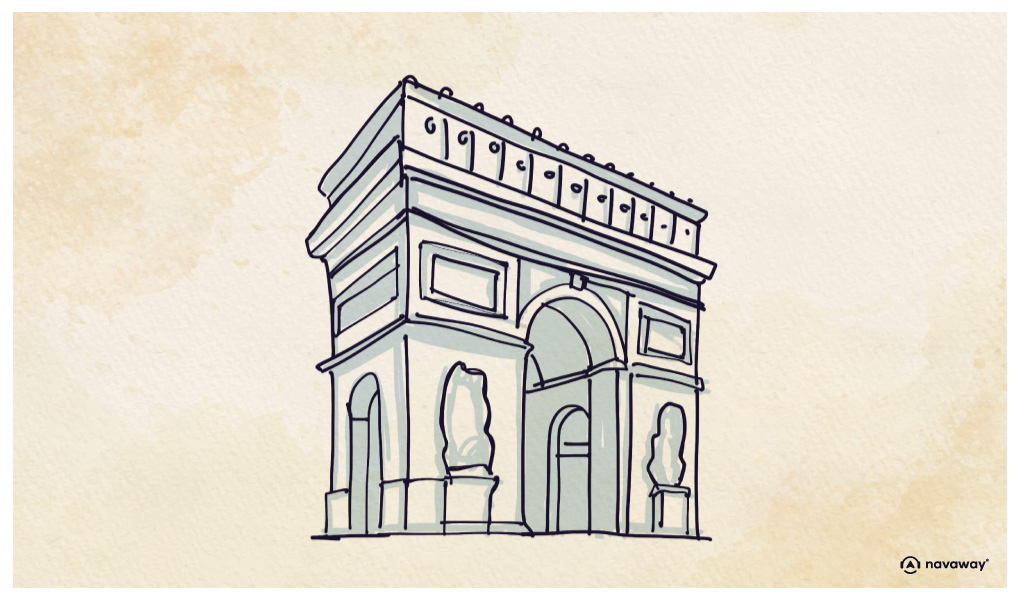
This point of interest is available as audio on the tour: Visit Paris, On the Champs Elysées
“You will only return home through triumphal arches”! Well, Napoleon certainly knew how to get his troops motivated. This is the promise he made to his soldiers after the Battle of Austerlitz. He was a great admirer of the Roman Empire and its architecture, and naturally wanted a triumphal arch to welcome the victorious general and his army. So it was only fitting that his architect, Jean-François Chalgrin, was inspired by the impressive monuments of ancient art! In 1806, he began construction of a 50-meter-high, 44-meter-long and 22-meter-wide arch. Napoleon dreamed of a monument to the glory of his army, so the arch was adorned with images of major battles and scenes from the French Revolution and the French Empire. The upper part of the arch is decorated with 30 shields bearing the names of the greatest battles. Unfortunately, Napoleon didn’t live to see the finished monument. He died in 1821, and the Arc de Triomphe was only completed in 1836. Well, his funeral procession passed beneath the arch, so that’s something! Let’s talk a bit about the sculpture you see on the right-hand pillar. It shows the French people, in all their diversity, united in battle – a powerful symbol of the French Republic, bringing together revolutionaries, royalists and Bonapartists to fight for their country. The sculpture was added in 1830 under the reign of Louis-Philippe. Crazy to think that a king would want to celebrate the Republic! But it’s important to understand the historical context. Yes, Louis Philippe was king, but it’s the July Monarchy we’re talking about, which was a product of the revolution. He didn’t have the support of the people, because there had been no election, and he wasn’t descended from the right French royal dynasty. And so, he tried to find his place and align himself with the ideals of the Republic, supporting a people who had won their own freedom. In 1920, they installed the Tomb of the Unknown Soldier, yet another symbolic addition to the Arc de Triomphe. It stands under the arch and commemorates the 1.4 million French soldiers who lost their lives in World War I. In front of the tomb, there’s the eternal flame of remembrance that was first lit on November 11, 1921, by André Maginot, the French Minister of Defence at the time. It has burned continuously ever since.

Discover other tours to visit Paris

Discover Paris with app
An interactive guide through the most beautiful streets, squares, and districts
18 fun audioguides full of historical facts, anecdotes, and legends
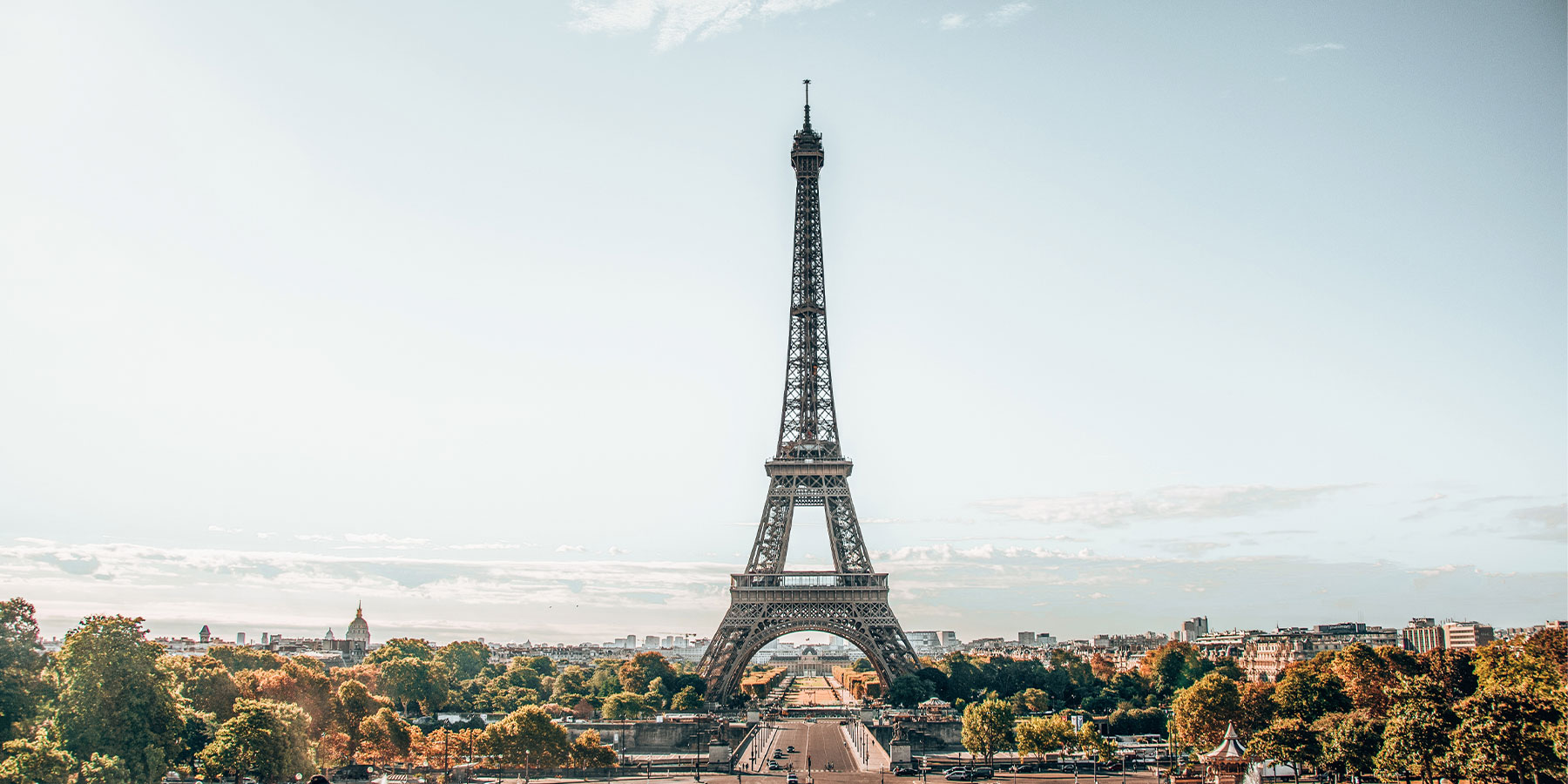

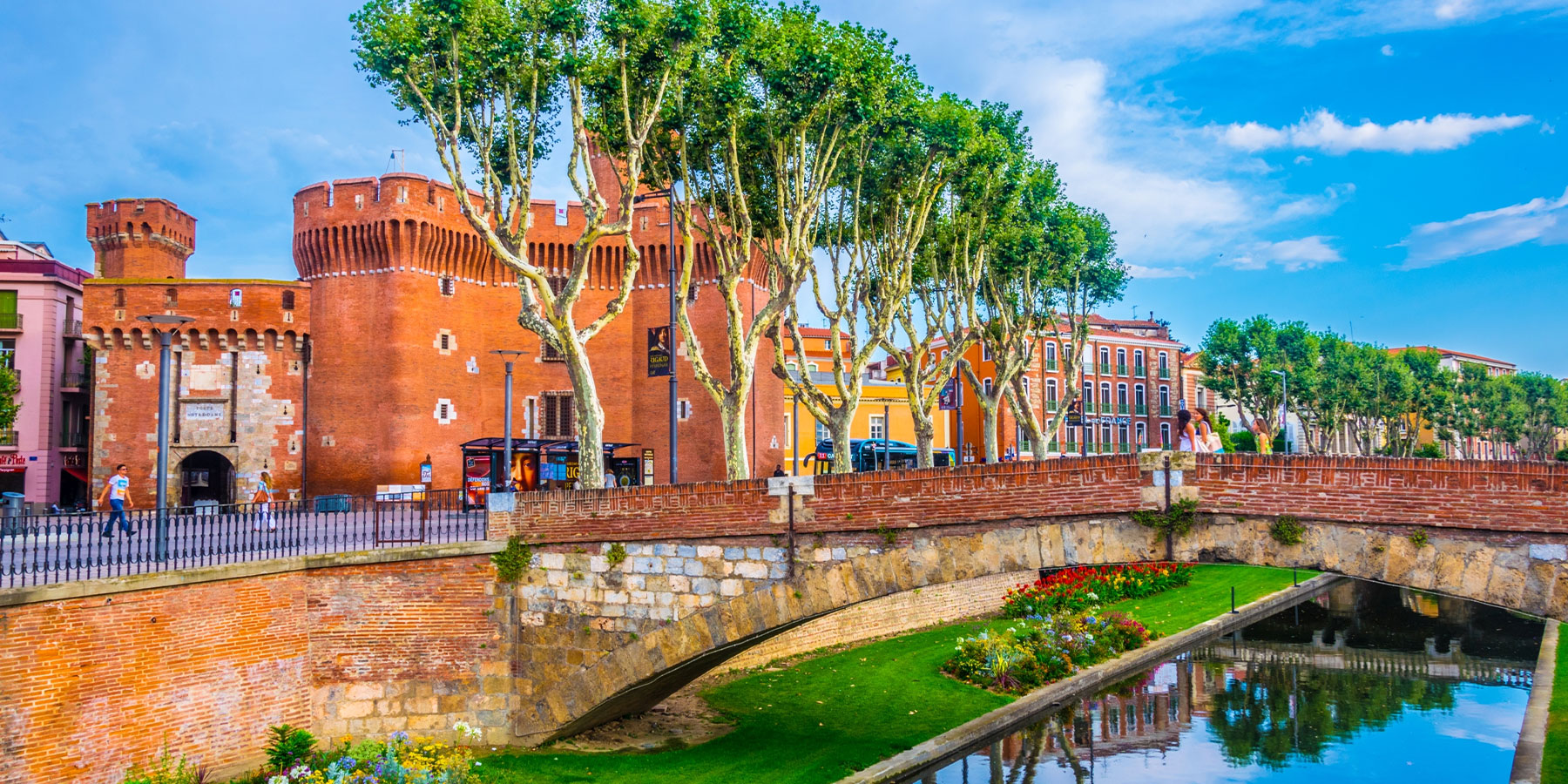
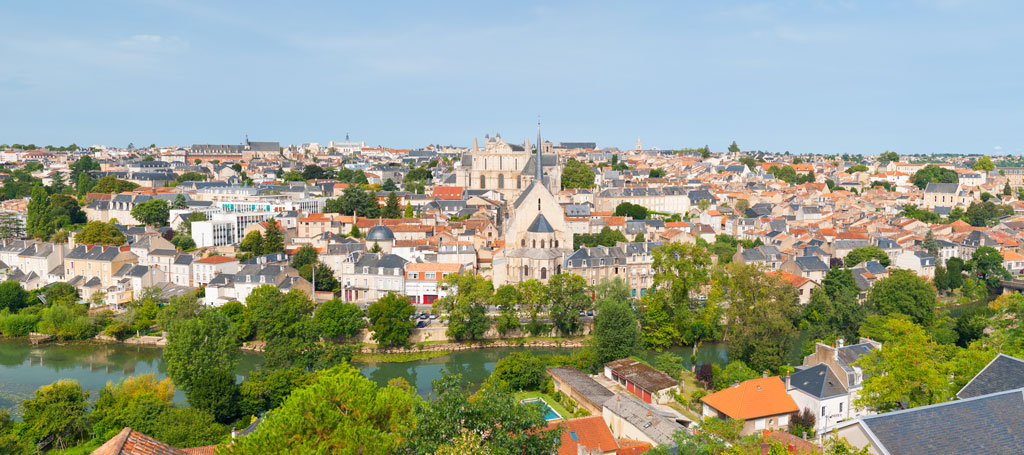


Comments